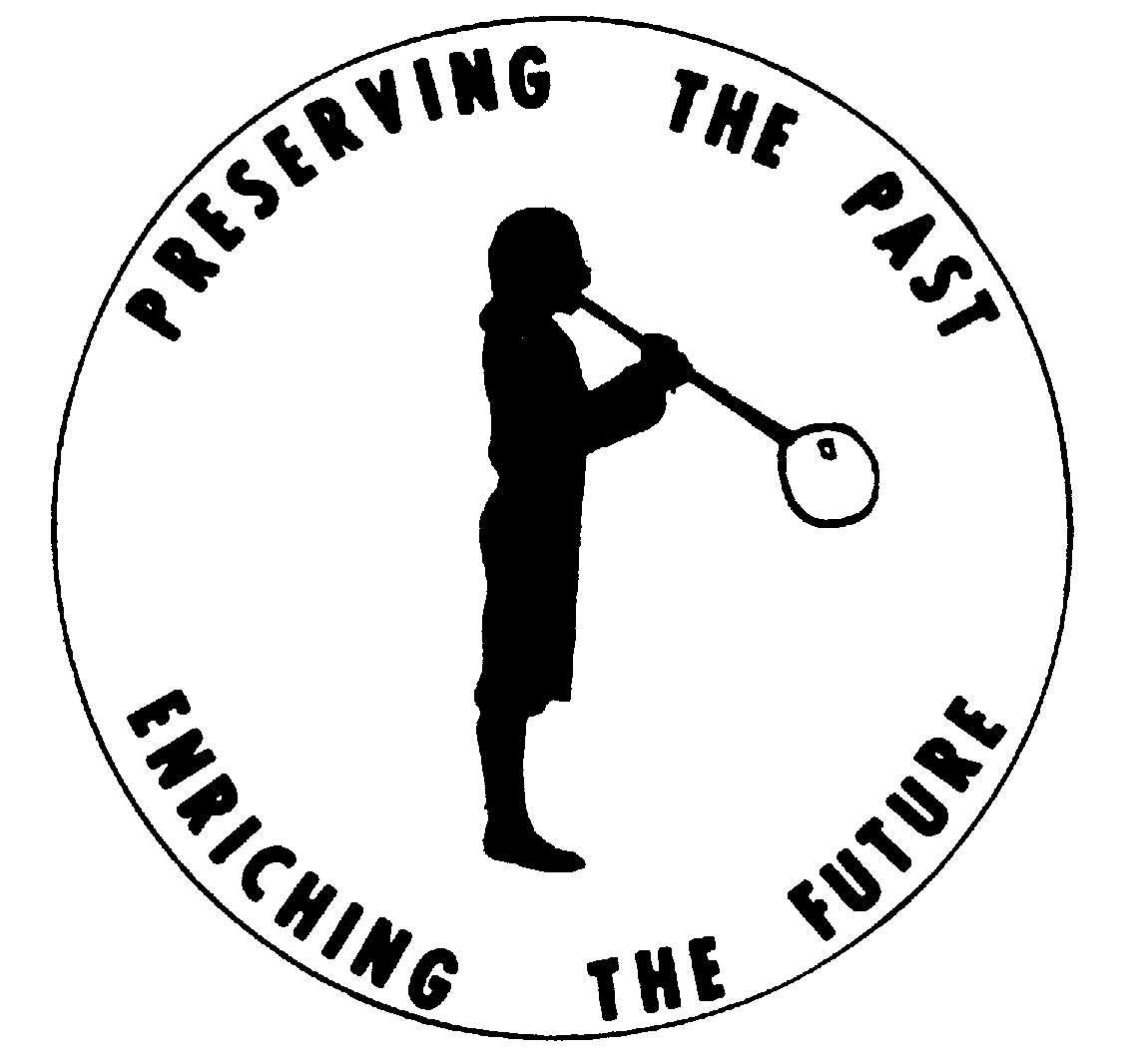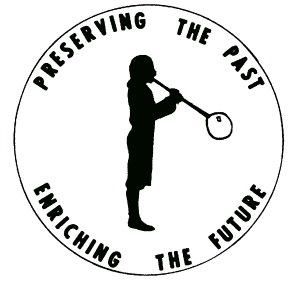Centennial: Methodist Farm
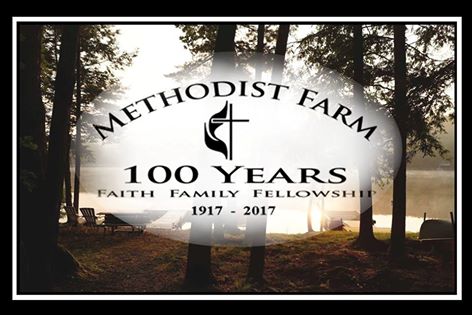
A brief history.
In 1911, the Methodist Sunday School Association of Troy and Vicinity, Inc., was formed. Teaching the lessons of the Bible to the young was a primary mission of the Methodist Church, and in most churches the Sunday School Superintendent was a very important member of the congregation. On June 28 of that year, a Union picnic was held at the Warren-Tibbitts Grove in Beman Park in Troy; more than 6000 members of local Methodist churches came to enjoy speakers, games and, of course, food. From this and other gatherings came the idea that the Union should seek a permanent location for picnics and camping.
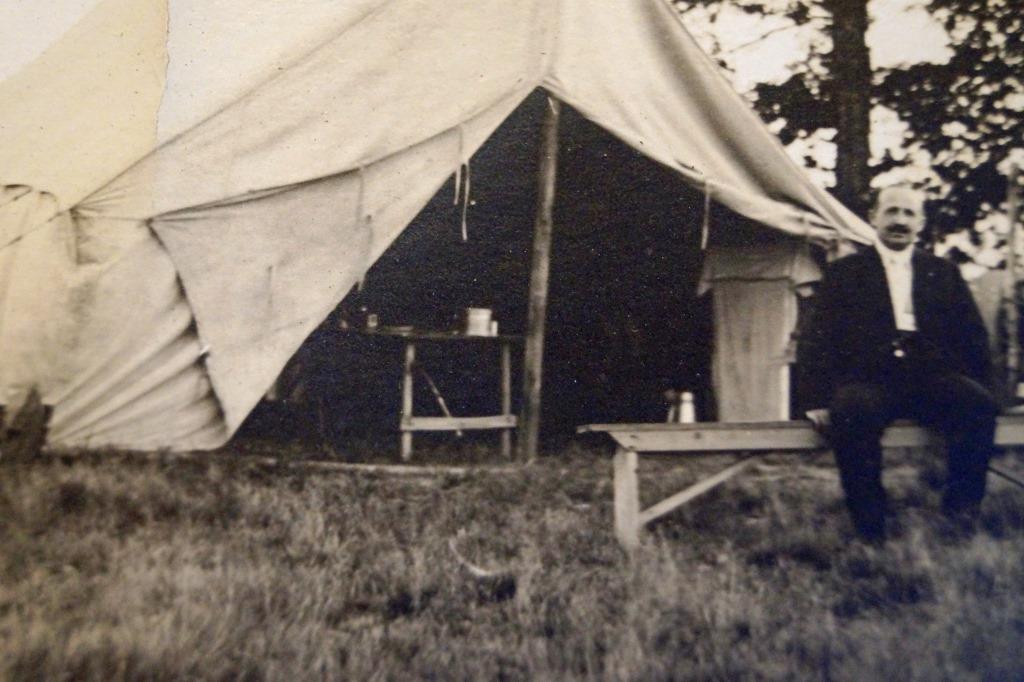 The Union purchased 52 acres on Crooked Lake in Averill Park. The Union was then incorporated in 1917 as the Methodist Sunday School Association and the deed to the 52 acres passed to the Association. There was an inaugural picnic attended by more than 1000 church members who travelled by trolley to Averill Park and by hack and wagon to the Farm. It was a wonderful day with food, games, music, speeches and prayer. The Union purchased 52 acres on Crooked Lake in Averill Park. The Union was then incorporated in 1917 as the Methodist Sunday School Association and the deed to the 52 acres passed to the Association. There was an inaugural picnic attended by more than 1000 church members who travelled by trolley to Averill Park and by hack and wagon to the Farm. It was a wonderful day with food, games, music, speeches and prayer.
In the 1930s, wooden walls were added to the existing tents to make them into more permanent camps. In one instance, a retired Troy trolley car was transported to the Farm and converted into a camp [removed in 2020]. Many changes have occurred over the years, but the basic purpose of Methodist Farm remains unchanged; it is still a community based on Faith, Family and Fellowship.
The Farm invited the community to celebrate their 100th anniversary on August 18, 19, and 20. Activities included games, entertainment and a "museum of memories." Video remembrances of the Farm were recorded all day Saturday. — Bob Moore, Sand Lake Town Historian

Methodist Farm Timeline.
- 8-31-1805 – Stephen Van Rensselaer III (right) leases land in Sand Lake to Thomas Upham, location unknown.
- 11-1-1853 – James Knowlson buys the leases to 80 properties, including Thomas Upham’s, from Stephen van Rensselaer IV, the heir of Stephen van Rensselaer III.
- 5-2-1855 – Knowlson sells the 50-acre Methodist Farm property, with meets+ bounds described, to Ezekial Upham for $100.00, 4-17-1862 – The heirs of John Upham, deceased, son of the deceased Ezekial Upham, sell the 50 acres to William Clements for $1861.89.
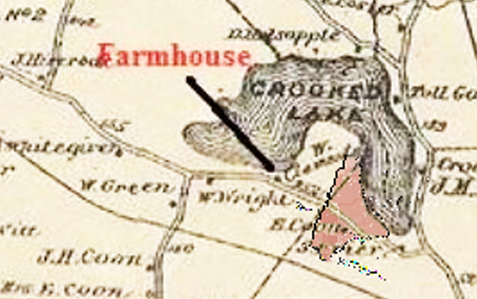 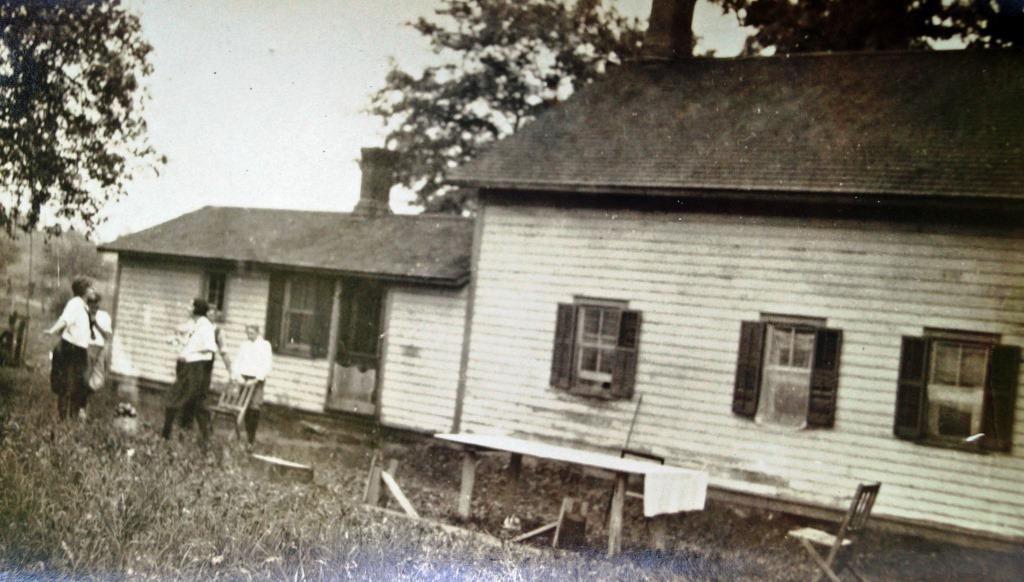
This map [left] is part of an 1876 Beers map, with reddish shaded area showing approximate boundaries of what would become Methodist Farm. The farmhouse and barn [right] may have been built during Ezekial Upham’s tenure given the greatly increased price of the property.
- 7-21-1896 – William Clements’ mortgage is foreclosed to James Goold.
- 8-5-1897 – Goold sells the 50 acres to Florence E. Stiles for $950.00.
- 4-3-1916 – Stiles sells to J. Wesley Wood, Trustee, for $10.00.
- 6-3-1922 – Wood sells to the Association for $1.00. — Compiled by Gifford Fogle
Methodist Farm Residents Genealogy and Census Information.
Ezekial Upham is the first person who definitively lived on the farm. He owned the farm for over six years until his death. Given that Ezekial bought the property for $100.00 and his heirs sold it 7 years later for $1861.89, he probably built the farmhouse and barn after purchasing the property in 1855. But as improvements are not mentioned in any of the property deeds it cannot be determined with absolute certainty. The house and barn may have been built previously, during the tenancy period.
William Clements married Martha Upham, Ezekial Upham’s daughter. In 1857 William bought 100 acres of land in Sand Lake and moved to town from West Troy. They had 4 children living with them – William Jr, 16; Ebenezer, 14; John, 10; and Mary, 5. Additionally their son Nelson Clements, 17, lived with John Upham, his uncle and Martha’s brother, and worked as a farm laborer on Upham’s farm elsewhere in Sand Lake.
In April 1862, upon Ezekial Upham’s death, the property was sold to William Clements, Ezekial’s son-in-law. He and his family moved into the farmhouse along with Polly Upham, Ezekial’s widow and Martha’s mother.
On September 3, 1862, Nelson Clements, now 19, and William Clements, Jr., now 18; William Clements’ sons, enlisted in the 169th Regiment to serve in the Civil War. On July 3, 1864, Nelson Clements died during the Siege of Petersburg, Va.
In 1865, after the war’s end, William Jr. returned to the farm and worked as a farmer with his father and younger brother John.
By 1875, all of the Clements’ sons had left the farm. The youngest daughter, Mary, had married Samuel Fryer, and he and William are listed as farmers in the census. Daughter Mary and another daughter, Marietta, are listed as making collars.
In the 1880 census, William Clements, now 73, is listed as a retired farmer, and son-in-law George Fryer is listed as the sole farmer at the farm. It is unclear what happened to Samuel Fryer or to which Clements daughter George Fryer is married.
In 1896, after residing at the farm for 32 years, William Clements, now 89, could no longer pay his mortgage, and it is foreclosed by James H. Goold. It is unclear, but doubtful, that Goold ever lived on the farm. He is listed as already living in Sand Lake at the time of the foreclosure and died about one year after the foreclosure. His widow and executrix, Emma L. Goold, is listed as living in Nassau when she sells the farm to Florence E. Stiles in 1897.
Florence Stiles was only 24 years old when she bought the farm. She was the last private owner before it became the Methodist Farm; she owned it for 19 years. During her tenure it became a poultry farm. In the 1910 census her much older husband, B. Franklin Stiles, 79, is listed as a poultry farm employee. Florence, 41 years younger than Franklin, may have been the boss of the farm and her husband worked for her.
Another possibility is that the unnamed member of the Methodist Sunday School Association mentioned in the History of the Methodist Sunday School Association held an option on the farm andwas running the poultry farm for Florence Stiles. The history says he held a chicken dinner at the farm for the Association members, where they looked over the farm and decided to buy it to become a camp. — Compiled by Gifford Fogle
From The Troy Times, Troy, N. Y., Tuesday Evening, August 12, 1919. CHARMS OF CROOKED LAKE. Trojans as Visitors.
The various other cottages about the lake are all occupied… J. Wesley Wood and family are occupying the farmhouse at the Methodist Farm.
The Methodist Farm. Quite an extensive tent colony has sprung up this season on the Methodist Farm, which occupies a conspicuous site on the south side of the lake, and the tents dotting the hillside form a pleasing spectacle.
Nightly big bonfires are the rule as the campers sit about, roasting corn and frankfurters, toasting marshmallows or popping corn...”
— The above is taken from Historical Highlights, Volume 44, Number 1, Fall 2017
|
A dream
of Mr. J. Wesley Wood was the vision of acquiring property to further religious, educational and recreational purposes among the Methodists in the area. In 1917, the Methodist Sunday School Association of Troy and Vicinity was formed by 13 Methodist Sunday Schools in Troy, Watervliet, Green Island, Cohoes and Waterford. The property acquired was the apple orchard and sheep farm with Crooked Lake frontage from Stiles Hardware of Cohoes. Mr. Wood was manager of the farm for 30 years and, at the time of his death in 1952, was a trustee.
The older summer residents at the Farm, who often refer to themselves as “Farmers,” recall that camping was begun in tents. Then there were camps with erected sides and canvas tops. Gradually more sturdy camps were built, small trailers were introduced, and there were no more tents. Currently there is a central pole with electricity, which each camp can tap into. Water is brought to each lot, and drinking water is available from the faucets that come from one well. Additional water is pumped from the lake for utility purposes. Outhouses have now been replaced by Port-a-johns near the camps and at the beach.
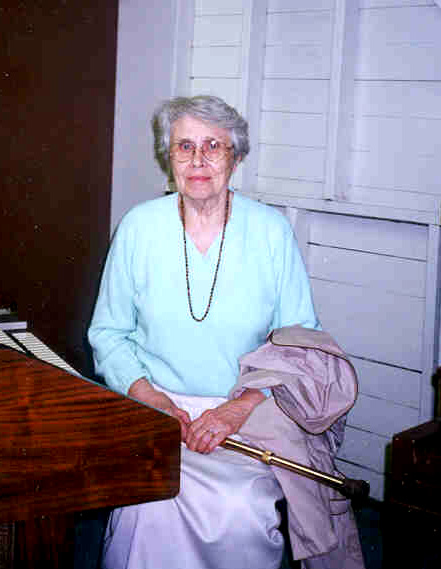 The sandy beach has a beach house, a raft in the deeper water and a toddler area close to shore. No dogs are allowed. In 2001, trees were cut to give more sunshine to the beach, and replacement trees will be planted. Over the years, the climb up the hill from the beach has remained a challenge. There are also baseball, basketball and playground areas. The sandy beach has a beach house, a raft in the deeper water and a toddler area close to shore. No dogs are allowed. In 2001, trees were cut to give more sunshine to the beach, and replacement trees will be planted. Over the years, the climb up the hill from the beach has remained a challenge. There are also baseball, basketball and playground areas.
Persons using the campsites renew their “license to occupy” annually. The board of Directors has a representative of each member church Sunday School: Broadway United Methodist Church (UMC), Rensselaer; Calvary UMC, Latham; Christ Church, UM, Troy; Church of the Covenant UM, Averill Park; Church of the Good Shepherd UM, Green Island; First UMC, Rensselaer; Hope UMC, Troy; Lansingburgh UMC, Troy; North Chatham UMC, North Chatham; Pawling Avenue UMC, Troy; Salem UMC, West Sand Lake; Waterford UMC, Waterford; Watervliet UMC, Watervliet. The annual meeting, held the third Tuesday of April, is rotated among the member churches.
Volunteers are called to active duty on “Farm Day” to do the work of clearing the roadways, beach and grounds, cleaning the two pavilions, repairing the picnic tables and other general maintenance. All will be in readiness for the season, which extends from the last week in June to Labor Day. Member Sunday Schools can use the facilities free of charge. There is a group rate for use of the pavilion(s) and the bargain of $5.00 per carload for others. Since its inception, Methodist Farm has maintained its policy of no alcoholic beverages on the premises.
Each Sunday evening the bell rings at 6:45 p.m., summoning persons to the 7:00 p.m. Vesper Service conducted by area clergy. The picture of Lois Bishop seated at the piano shows her at the post she served for many years. She and her late husband, Paul, called Methodist Farm home during the summers since the mid 1940s.
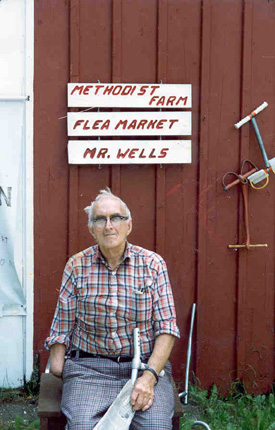 Our other picture is of C. Malden Wells, who greeted customers and passers-by at the “Barn Sale” from its inception until 2000. A July 1996 Advertiser article gives the hours as 9-5 seven days a week. And youth who worked at the Farm as gate tenders, lifeguards and grounds crew have decorated the barn walls with “good graffiti” — their names and dates of service. The Advertiser article also mentioned a junked [Troy city] trolley car (circa 1936), which Clyde Poole drove to the Farm to use as a camp. Although additions have been built on either side, the front of the car can still be identified. [Note: The car was removed in 2020.] Our other picture is of C. Malden Wells, who greeted customers and passers-by at the “Barn Sale” from its inception until 2000. A July 1996 Advertiser article gives the hours as 9-5 seven days a week. And youth who worked at the Farm as gate tenders, lifeguards and grounds crew have decorated the barn walls with “good graffiti” — their names and dates of service. The Advertiser article also mentioned a junked [Troy city] trolley car (circa 1936), which Clyde Poole drove to the Farm to use as a camp. Although additions have been built on either side, the front of the car can still be identified. [Note: The car was removed in 2020.]
Mr. Wells shared a favorite Farm story in his August 24, 2001, article in the Advertiser. The dog that belonged to the Mosher family on Trail’s End Road chose Methodist Farm as his summer home. Mr. Wells states, “The Moshers would stop by to take ‘Pup’ home. In no time at all it was back at its adopted home. The dog was more religious that some campers. Pup just had to be in center aisle in the chapel. To heck with ushers going up with the offering.”
In 1990, a tragedy occurred at Methodist Farm when the body of Mrs. Ruth MacNary, who was murdered by the foster daughter of another camper, was found. There is now a memorial garden by the chapel in her memory.
Methodist Farm has been summer home to persons from as far away as Florida and Pennsylvania and as close as Averill Park. The Times Union called it the “best kept secret in Rensselaer County."
— The above was written by Mary French, from Historical Highlights, Volume 28, Number 3, Winter 2002
See also
|
